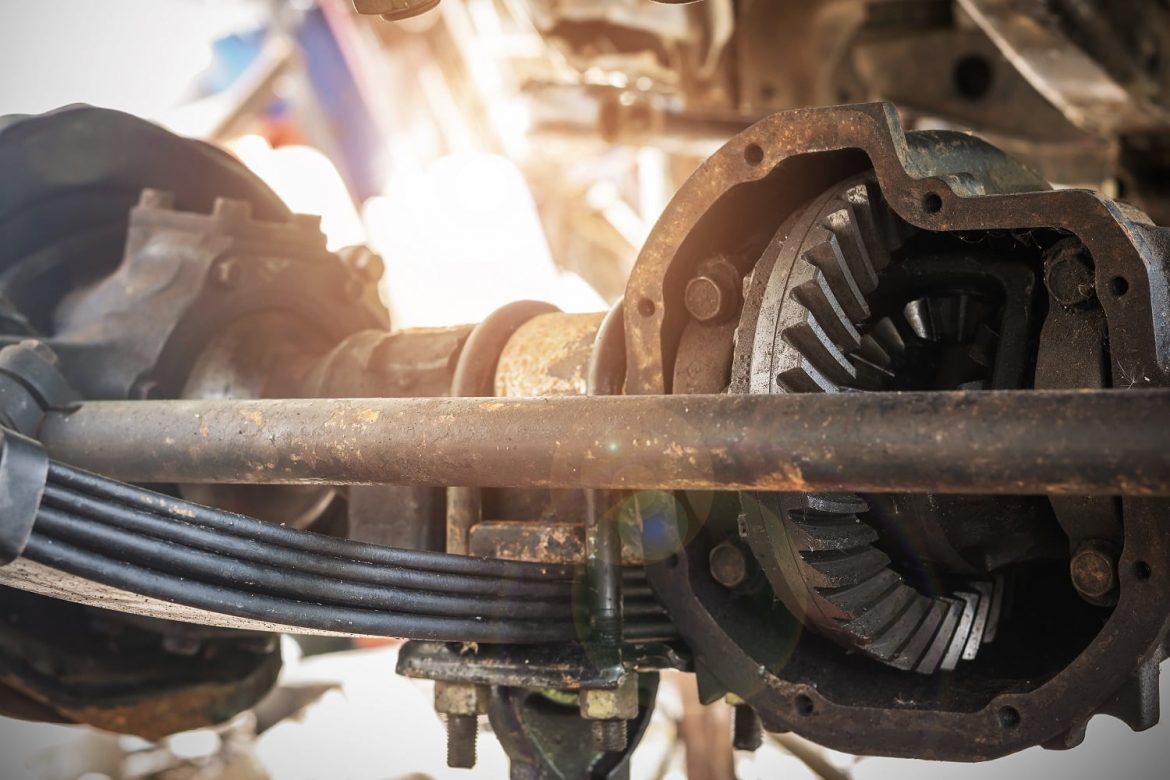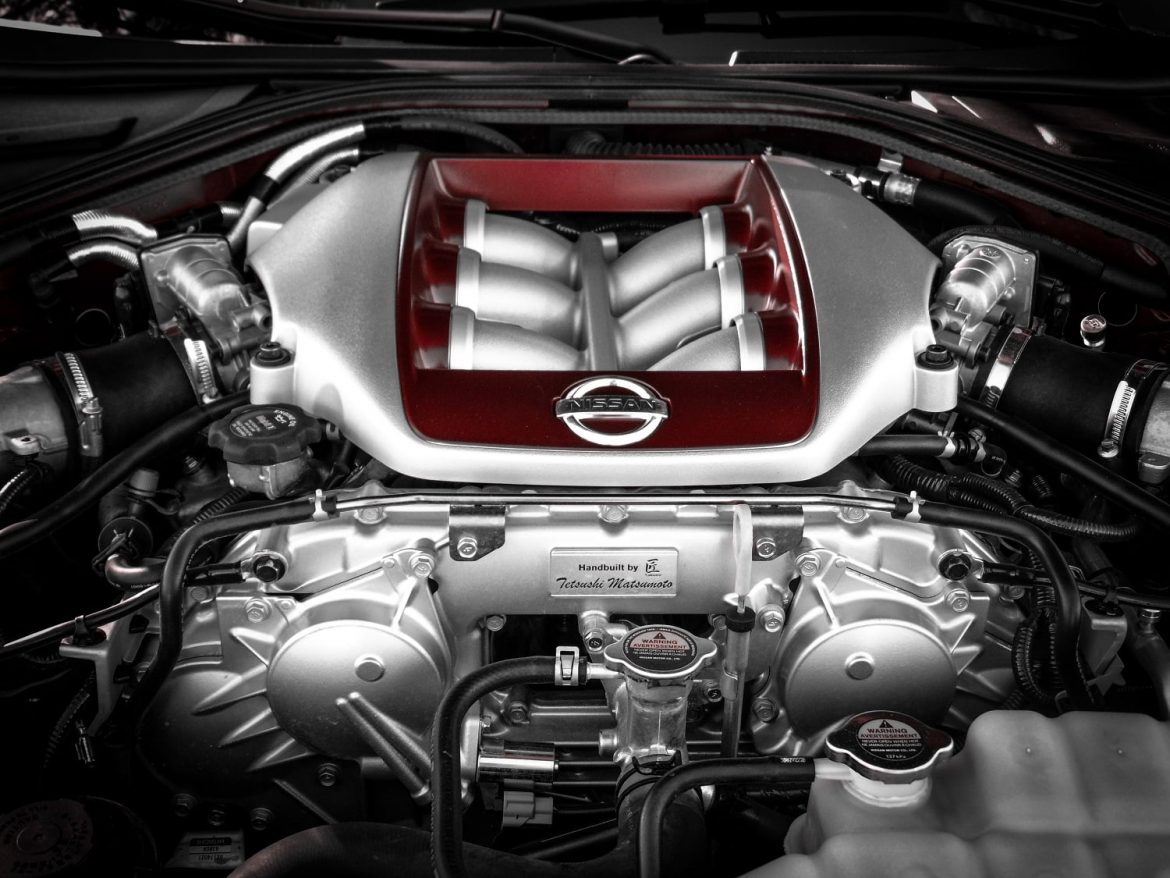Replacing your engine belt is often less expensive than having your vehicle towed to your house or your mechanic. If your engine belt brakes then that is most likely what you’ll need to do. As we talked about in the video above, the engine belt in your car runs essential accessories like your water pump, alternator or power steering pump. Without these accessories, your vehicle won’t operate properly and may leave you stranded
Different cars have different accessories run of the drive belt so it’s important to familiarize yourself with your vehicle’s belt system and what it drives. For example, some vehicles will have the water pump drive off the timing belt or timing chain so if your engine’s drive belt brakes the water pump will continue to operate keeping your engine cool. Similarly, some vehicles have separate belts for each accessory so if your power steering pump belt brakes, your alternator will continue to spin keeping your battery charged and your engine running. Most newer cars and trucks utilize a serpentine belt that snakes its way around the front of your engine running everything on one belt like the Buick Rendezvous in the video.
How Often Should I Replace My Engine Belt?
 We recommend replacing your engine belt at least every 100,000 miles or when it starts to show signs of wear. Engine belts can either wear on the ribs or “V” section of the belt or along the edges. Edgewear usually happens due to misaligned pulleys so if have this issue make sure to check all the pulleys for play before installing the new belt. Old age and heat will cause the rubber in the belts to get brittle and crack so it’s important to regularly check the belt surface for glazing (shiny appearance) or cracks. If you find more than a few cracks in the ribbers of the belt or the surface looks shiny or burnt, it’s probably time for a new belt.
We recommend replacing your engine belt at least every 100,000 miles or when it starts to show signs of wear. Engine belts can either wear on the ribs or “V” section of the belt or along the edges. Edgewear usually happens due to misaligned pulleys so if have this issue make sure to check all the pulleys for play before installing the new belt. Old age and heat will cause the rubber in the belts to get brittle and crack so it’s important to regularly check the belt surface for glazing (shiny appearance) or cracks. If you find more than a few cracks in the ribbers of the belt or the surface looks shiny or burnt, it’s probably time for a new belt.
How to Replace your Engine Belt
- Find the tensioning device and release the tension
- Slip the old belt off the pulleys, noting the routing
- Install the new belt
- Properly tension the belt
The tricky part of any belt replacement is figuring out how tension is kept on the belt. In the video above the Buick uses an automatic belt tensioner that is released simply by moving the arm against the spring and can be done with a wrench or ratchet. These are very easy to use as the spring pressure will always supply to correct tension to the belt. Other vehicles use moveable pulleys to stretch the belt to add tension. These are more complicated because there is no spring to automatically set tension so it has to be done by feel as you tighten the moveable pulley against the belt. When using manual belt tensioners it’s important to check the tension of the belt before you remove the old one so you know about how much to tension the new belt.
If you find your belts squealing before or after replacing them, try reading our article about belt squeals to get some ideas on how to quiet things down.
Pictures Provided By:
engine_belt.jpg – By VanderWolf-Images – Licensed by Getty Images – Original Link
BlueDevil Products can be found on Amazon.com or at AutoZone, Advance Auto Parts, O’Reilly Auto Parts, NAPA, and other major auto parts retailers.
2 responses to "Replacing an Engine Belt"
2 Comments
Leave a Reply
Related Articles




Is the serpentine belt typically replace when you install a new engine?
Donna-
The serpentine belt wouldn’t necessarily be replaced when installing a new engine. It would actually be apart of the scheduled maintenance for the vehicle. Most vehicle manufacturers recommend replacing the serpentine belt at 80,000-90,000 mile intervals, even if it looks good, to avoid it breaking while you’re driving.
Thank you!
-BDP